Introduction to Antique Christmas Decorations
Each year, as the holiday season approaches, many of us start to think about how we will decorate our homes. In an age of mass production and disposable items, antique Christmas decorations stand out for their uniqueness and sentimentality. They are not just decorations; they are pieces of history that carry stories of love, family, and tradition.
Having decorated my home with antique pieces for years, I can attest to the charm they bring. Each ornament or figurine has a tale to tell, sparking conversations and nostalgia during family gatherings. In this guide, we’ll dive deep into the world of antique Christmas decorations, covering everything from their history to tips on collecting and displaying these beautiful pieces.
The History of Christmas Decorations
Early Traditions
The tradition of decorating for Christmas can be traced back centuries. Originally, decorations were used to ward off evil spirits and to invite good luck and prosperity. From holly and ivy to candles and later electric lights, the evolution of Christmas decoration is fascinating.
The Emergence of Antique Decorations
Antique Christmas decorations began their prominence in the 19th century with the introduction of glass ornaments in Germany. As these decorations became more popular through the Victorian era, families cherished these items, often passing them down through generations.
Understanding Antique Christmas Decorations
What Makes a Decoration Antique?
Antique decorations are typically defined as items that are at least 100 years old. They often possess unique craftsmanship and materials that are not commonly found in modern items. Some popular antique decorations include:
- Blown glass ornaments
- Metallic tinsel
- Vintage holiday cards
- Hand-painted wooden figurines
- Old-fashioned tree toppers
Collecting Antique Christmas Decorations
Where to Find Antique Decorations
Finding antique Christmas decorations requires a keen eye and a little bit of luck. Here are some of my favorite places to hunt for these treasures:
- Estate sales
- Thrift shops
- Antique fairs and markets
- Online marketplaces like eBay and Etsy
Evaluating Condition and Authenticity
When collecting, it’s essential to evaluate the condition and authenticity of the decorations. Look for signs of age, such as wear and patina, but also check for any repairs or alterations that may affect value. A reputable dealer can provide verification of age and authenticity, which is crucial for collectors.
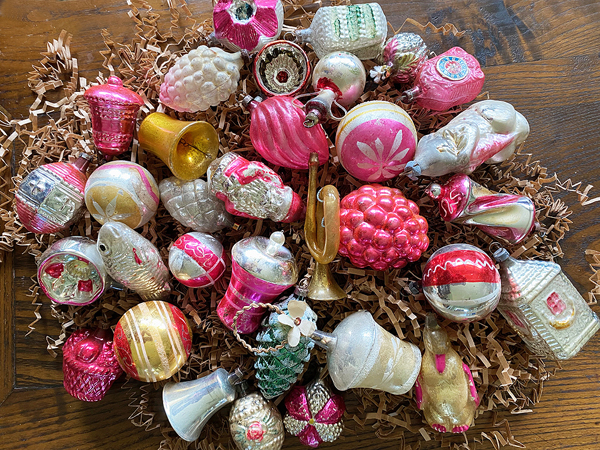
Comparison Table: Collecting Antique Decorations
| Source | Pros | Cons |
|---|---|---|
| Estate Sales | Unique finds, often at low prices | Limited selection, needs early arrival |
| Thrift Shops | Inexpensive treasures | High variability in quality |
| Online Marketplaces | Convenience, extensive options | Shipping costs, risk of misrepresentation |
| Antique Fairs | Variety of vendors, expert knowledge | Higher prices, can be overwhelming |
Displaying Antique Christmas Decorations
Creating a Cohesive Theme
When it comes to displaying your antique decorations, consider creating a cohesive theme that tells a story. Mix and match your items to highlight their unique characteristics. You can create different vignettes throughout your home, using trays or shelves to group like items together.
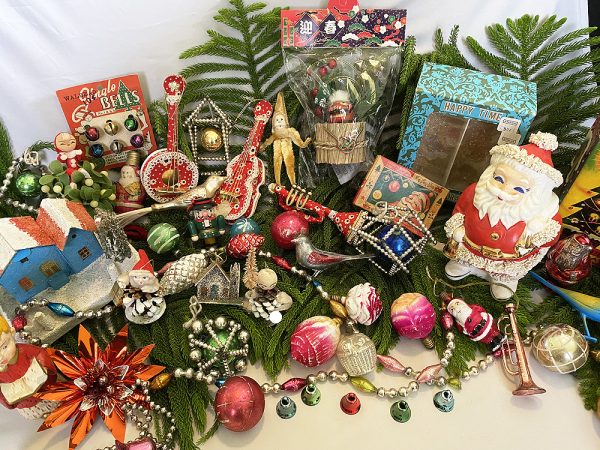
Best Practices for Displaying
- Use soft lighting to enhance the beauty of glass and metallic decorations.
- Incorporate natural elements such as evergreen branches or pinecones for a festive touch.
- Consider the height of decorations—varying heights will create visual interest.
Caring for Antique Decorations
Cleaning and Maintenance Tips
Preserving the quality of your antique decorations ensures they last for generations. Here are some cleaning tips:
- Use a soft, dry cloth to dust ornaments regularly.
- For glass items, use a damp cloth and mild soap if necessary—avoid abrasive cleaners.
- Store decorations in a climate-controlled environment away from direct sunlight.
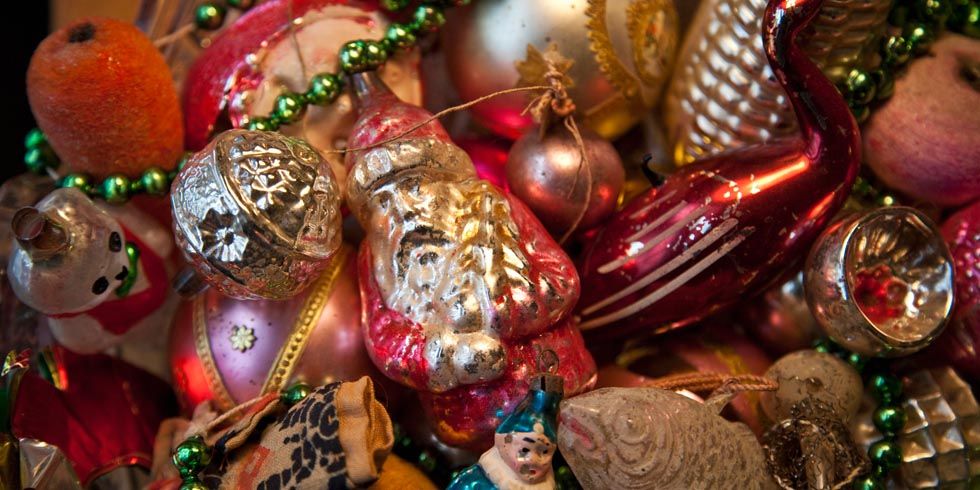
Common Mistakes to Avoid
- Using chemical cleaners that could damage the finish.
- Storing decorations in damp areas, which can lead to mold.
- Overcrowding display areas, which can lead to breakage.
The Emotional Connection to Antique Decorations
Each antique decoration in my collection carries a memory, whether it was gifted by a loved one or found during a special trip. They evoke feelings of nostalgia and connect us to the past. As our families grow and change, these decorations remind us of what has come before. They represent traditions passed down, and they have the power to create new memories.
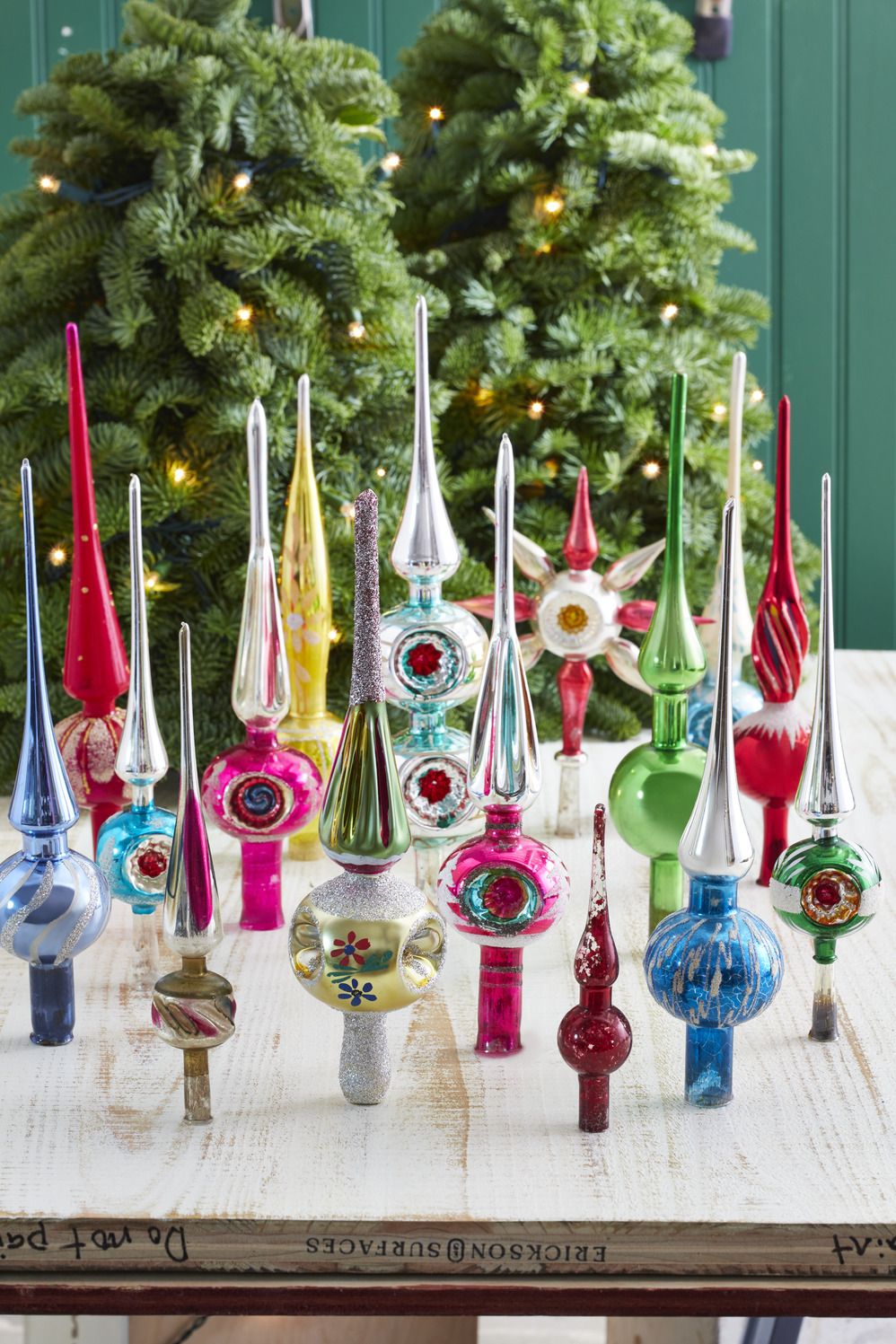
Frequently Asked Questions (FAQs)
What is the difference between antique and vintage Christmas decorations?
Antique decorations are typically defined as items that are 100 years or older, while vintage refers to those that are 20 to 99 years old. Both can be valuable, but antiques often hold more historical significance.
How can I tell if my Christmas decorations are valuable?
Value can depend on age, condition, rarity, and demand. Research similar items online or consult an appraiser or antique expert for precise evaluation.

What are some popular antique Christmas decoration styles?
Popular styles include Victorian glass ornaments, German-made decorations, and hand-painted wooden figurines. Each style tells its own story and carries unique artistic flair.
Can I mix antique decorations with modern ones?
Absolutely! Mixing antique and modern decorations can create an eclectic and personalized holiday atmosphere. Just be mindful of balancing colors and styles to maintain visual harmony.
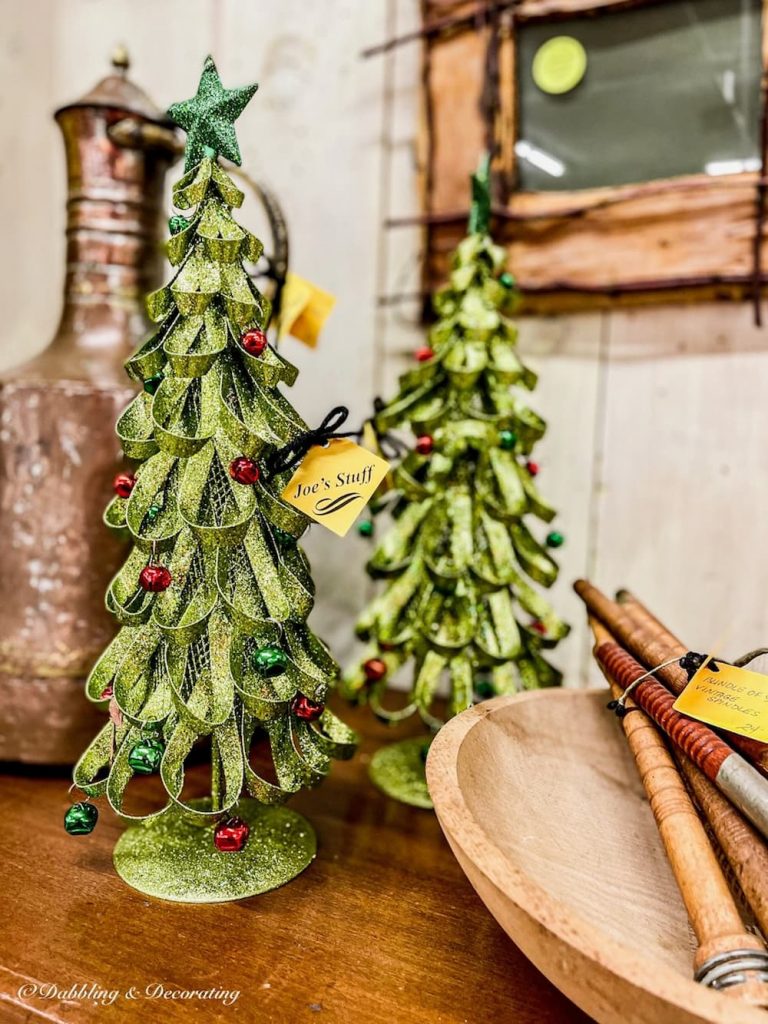
Conclusion
Antique Christmas decorations are more than just holiday adornments; they are cherished pieces of history that connect us to our past and enrich our present celebrations. By incorporating these timeless treasures into your holiday decor, you not only beautify your home but also create a legacy for future generations. Embrace the charm of antiques this season and let the stories they carry bring joy to your home.